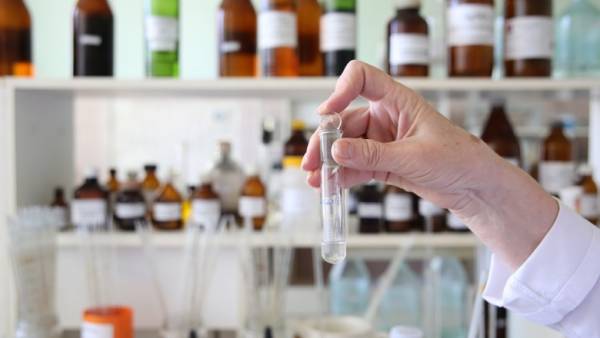Chemists from Russia learned to extract pure hydrogen from biofuels
MOSCOW, 8 Feb — RIA Novosti. Scientists from Russia have created a new nano catalyst that allow us to decompose different types of biofuels and to extract pure hydrogen. The instructions for Assembly were described in the article published in International Journal of Hydrogen Energy.

“The technology of synthesis of our materials and construction of the membrane reactor has been tested on the laboratory level. The transition to pilot — level task for the nearest future. For the introduction of catalytic membranes on an industrial level would require significantly more investment,” — said Vladislav Sadykov, a chemist from the Institute of catalysis SB RAS in Novosibirsk, whose words the press service of the RSF.
In recent years physicists have created a variety of decomposers in water, which decompose the water molecules into oxygen and hydrogen using light or electric current, the most successful versions are just approaching commercial viability. In addition, these catalysts in most cases, or are destroyed or contaminated in the splitting of water, forcing scientists to develop not free methods of their regeneration.
In addition to water-splitting, says Sadykov, hydrogen can be obtained in industrial quantities and in other ways, for example, decomposing the molecules of fossil hydrocarbons and “green” biofuels. As a rule, existing methods of its production are not much more effective than electrolysis, forcing chemists to look for ways of reduction in price and acceleration.
Russian scientists have discovered that a similar reaction can be carried out using a special membrane of an alloy of Nickel and aluminum, covered with nanoparticles of compounds of praseodymium, cerium, cobalt, yttrium and other rare earth and rare metals just.
If biofuel to heat to several hundred degrees and skip it couples through such a membrane, its molecules, including methane, ethanol, and other flammable hydrocarbons, will disintegrate into pure hydrogen, carbon monoxide or carbon dioxide. The hydrogen will pass through the “holes” in the membrane, and the heavy molecules of biofuels and the CO2 will remain inside the reactor.
According to Sadykov, this catalyst is much cheaper than similar membranes made of palladium and other noble metals. At the same time he allows you to turn roughly half of the biofuels in pure hydrogen, which corresponds to modern industrial requirements.